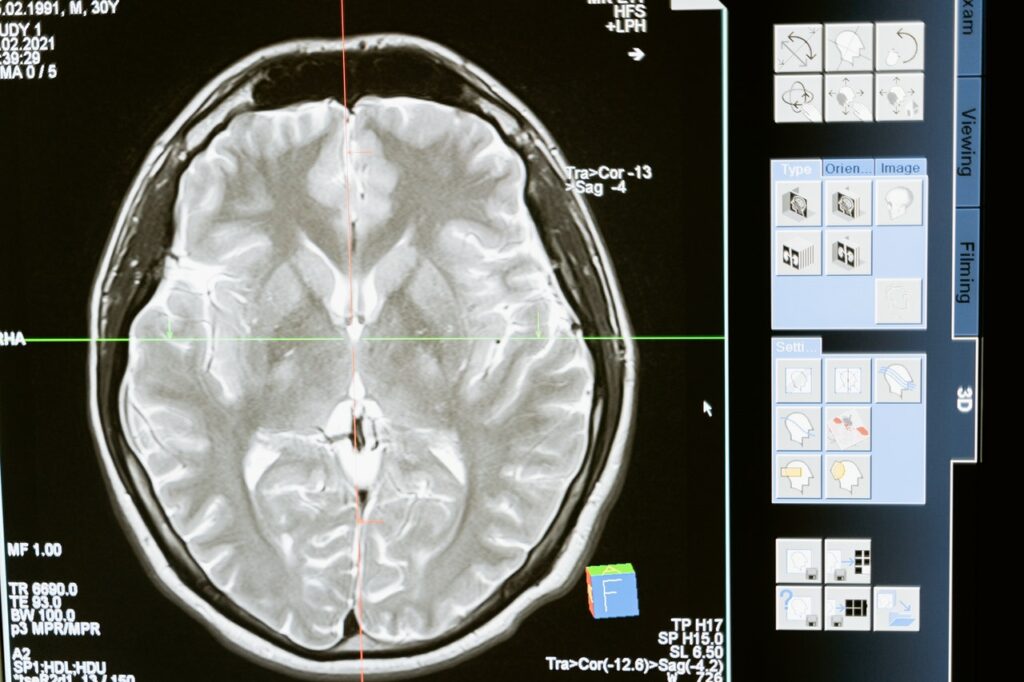Controlling ‘Brain Circuits’ Using Infrared Light Tested At Stanford

Researchers at Stanford have successfully conducted an experiment on controlling brain circuits using infrared light. Guosong Hong, a faculty scholar at Wu Tsai Neurosciences Institute, published the research. It demonstrates how they were successful in manipulating the brain circuits of a mouse using infrared technology.
What is this fascination with controlling brain circuits?
The brain is befuddling part of living beings and understanding its working is not easy. Research to understand the working of the brain and control it dates back a century. Controlling brain circuits sounds straight out of a sci-fi movie concept and appears a foolish endeavor. But Guosong Hong and colleagues at Stanford and Nanyang Technological University made it possible. However, controlling the brain isn’t as easy as flipping switches and gears to control its working.

How did Guosong Hong and his team achieve control over the brain?
The standard approach to controlling a brain is by implanting something inside it. But that doesn’t necessarily culminate in success. After injecting optical implants, the subject needs to wear a skull-mounted tethering device to control brain circuits. It is both painful and doesn’t paint a clear picture of what’s going on inside the brain.
Guosong Hong and his team members knew that the brain is quite opaque. So, using Optogenetics was a problem as the visible lights could pass through the brain. Then they decided to use infrared light which could penetrate biological tissues. Infrared light was able to reach deeper into the brain and controlling brain circuits became a possibility.
They injected a self-developed molecule called TRPV1 which could respond to the infrared light. Thus, a rat became the test subject to demonstrate controlling brain circuits. When the infrared light entered the brain and stimulated the molecules, the mouse started to run in circles. It continued his speedrun unless the infrared light stopped entering the skull.
The experiment raises hopes of controlling brain circuits in humans in the near future. However, that is a distant possibility. But considering the current state of efforts by researchers like Guosong Hong, it may become easier to unravel the secrets of the brain.





